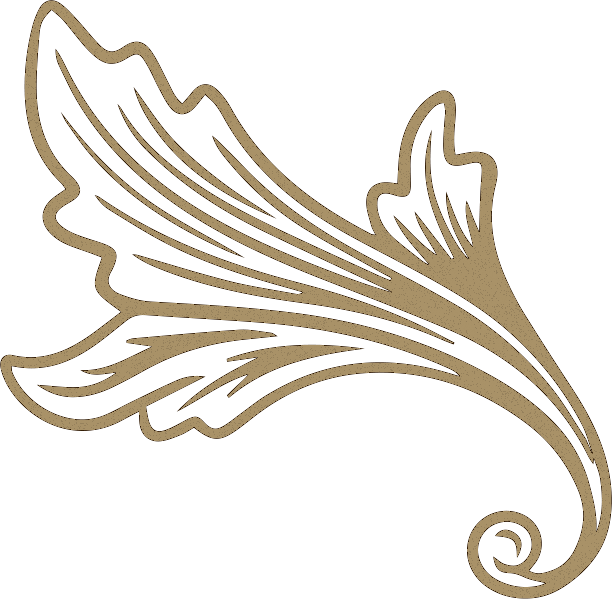
Big Money Bauta (2014)
Acryl auf Leinwand
100 x 80 cm
Big Money Bauta
Ein Wechselspiel zwischen Macht, Anonymität und Kunstgeschichte
Entsprungen aus der Tiefe eines nächtlichen Traums, setzt ‚Big Money Bauta‘ ein kraftvolles Statement über Macht, Identität und die verdeckten Mechanismen des Einflusses. Durch die Darstellung von Queen Elisabeth und Prinz Philipp, die hinter Masken verborgen sind, öffnet das Werk einen kunsthistorischen Dialog zwischen Mittelalter und moderner Ästhetik.
Queen Elisabeth, mit einer Schnabelmaske, die an die Pestärzte des Mittelalters erinnert, symbolisiert die Entfernung und mögliche Isolation der Eliten. Prinz Philipp, dessen Bauta-Maske in die venezianische Tradition eingebettet ist, hebt die Dualität von Anonymität und sichtbarem Einfluss hervor.
Die Auswahl der Farbpalette, ein Kontrast von pastelligen zu leuchtenden Farben, stellt eine ironische Auseinandersetzung mit der politischen Landschaft dar. Mein expressiver Malstil, geprägt von groben Pinselstrichen, spiegelt die Komplexität und Schnelllebigkeit unserer Zeit wider und fordert zum Innehalten auf.
Ein zentrales Element dieses Werks ist die Einladung zur Interpretation: Es geht nicht nur darum, was ich als Künstlerin sehe oder gefühlt habe, sondern wie das Bild in der kollektiven Vorstellungskraft widerhallt. Beim Betrachten von ‚Big Money Bauta‘ möchte ich Sie, den Betrachter, herausfordern: Welche Narrationen, Emotionen und Gedanken entfachen in Ihnen?
Mehr politische Kunst?
connect @ corneliaessaid . de
Living In
Berlin, Germany
Phone
+49 (0)178 490 37 36

